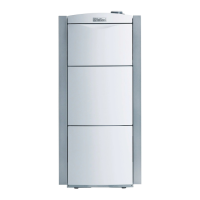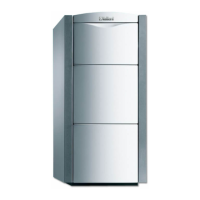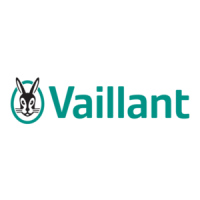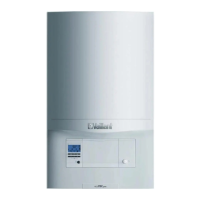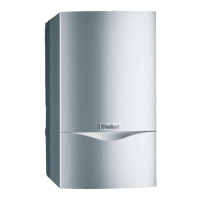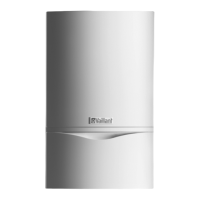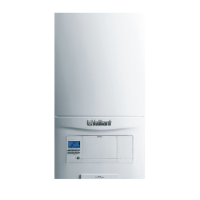What to do if the safety cut-out is triggered on my Vaillant Boiler?
- MMelissa JonesJul 27, 2025
If the safety cut-out is triggered, push the pin to reset it. After the safety cut-out is triggered, always carry out troubleshooting and eliminate the cause of the fault.
